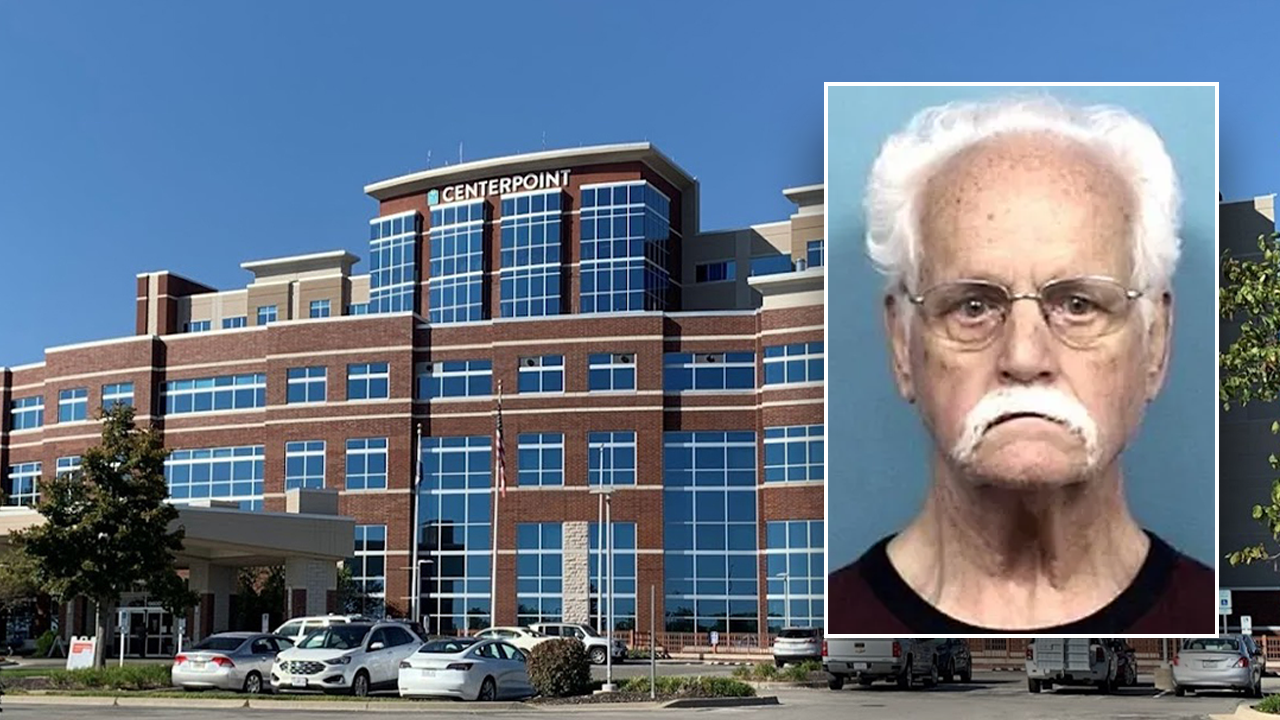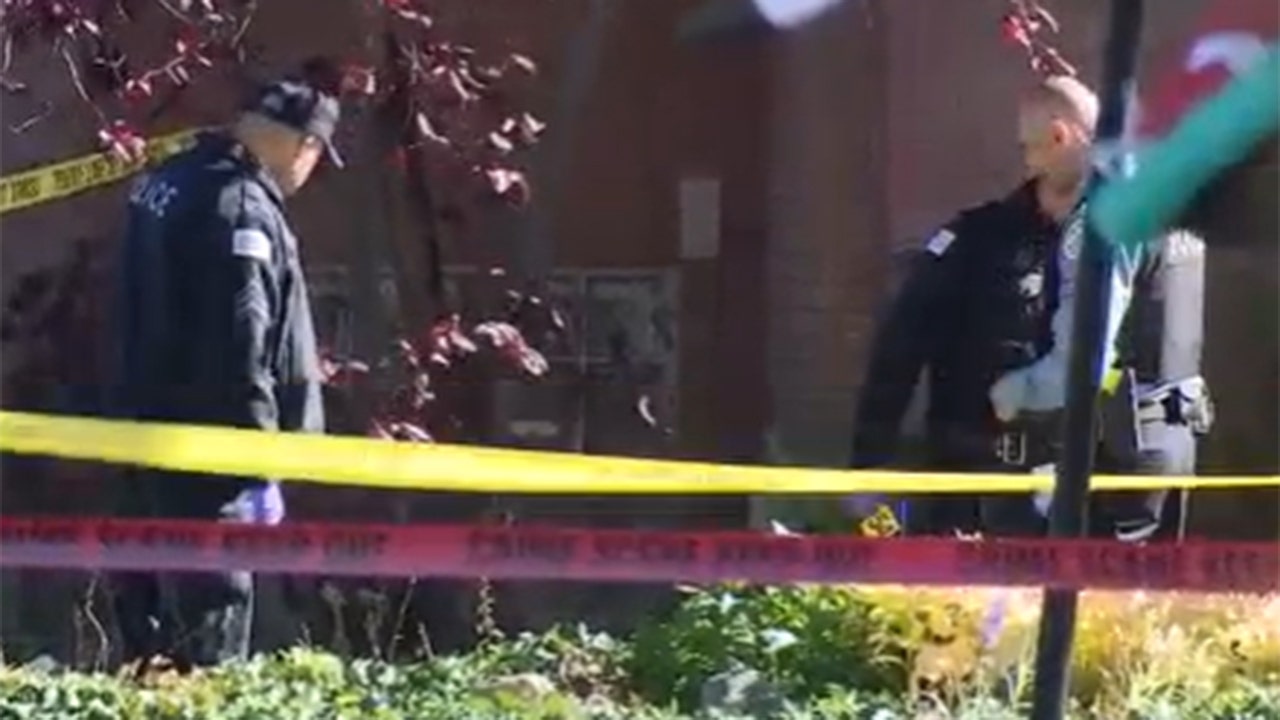What that means practically is that more colleges and universities need to differentiate their offerings. As Jeffrey Selingo, the author of “Who Gets In and Why” and one of my favorite thinkers on higher education, put it in his newsletter:
the way college leaders have long defined differentiation is simply by tweaking the same product offered by thousands of other institutions for the same type of student (i.e. the 18-year-old, well-prepared high-school graduate whose parents attended college). Rather, they need to understand that learners of all ages have vastly different needs and then design very different programs that appeal to them.
Selingo outlines possible changes in a white paper (underwritten by Workday) called “Building a Flourishing Institution: Sustainable Business Models for the Decade Ahead.” In it, he notes that between 2010 and 2020, expenses per student outpaced revenues at both public and private institutions.
He offers suggestions for modifying the college experience, including the idea of a “low residency option,” which would allow students more time and space for internships or research in their preferred field, and moving from a traditional degree format to a situation in which “every graduate earns an industry-recognized certificate or skills-based credential alongside their bachelor’s degree.” He also sees a future in which more bachelor’s degrees can be completed in less than four years and more colleges create opportunities for lifelong learning.
But state governments need to do their part, too. Finally, in 2022, “for the first time since the Great Recession, inflation-adjusted education appropriations per F.T.E. were greater than pre-recession funding levels in 2008,” according to the most recent State Higher Education Finance report — though some of that funding was Covid stimulus money, which, the report notes, will eventually run out, prompting states to face “difficult budgetary decisions.”
So much of the cost of college has been pushed onto families over the past 40 years. Per the SHEF report, the student share — “a measure of the proportion of total education revenue at public institutions coming from net tuition revenue” — has doubled since 1980, going to 41.7 percent from 20.9 percent.
This is a decades-long problem in the making, and there isn’t going to be one straightforward solution for every school or every state, because each has its unique challenges, history and population to reckon with. So higher ed needs to get creative — and fast — to stem the tide of school closings and regain the confidence of Americans. It pains me to think that education, which should be available to everyone who wants to expand his mind, has to come down to return on investment. But it’s criminal to ask families to take on permanent debt with little guarantee of relief or success.






